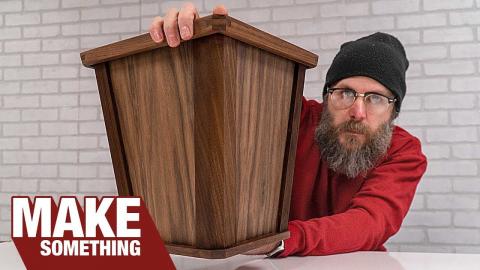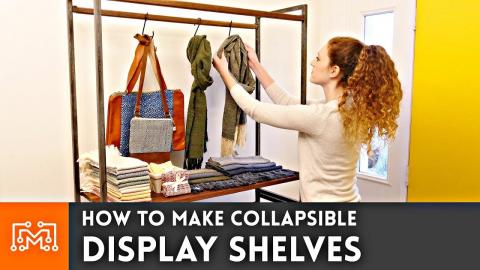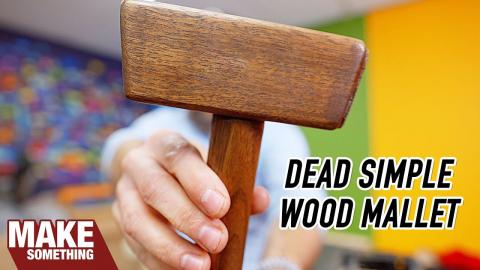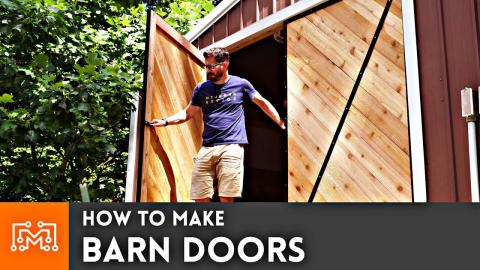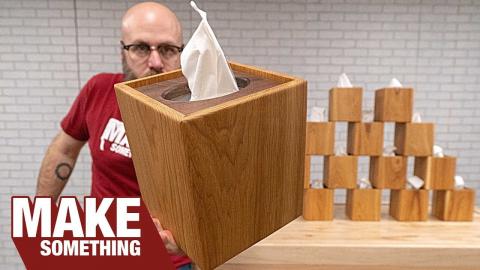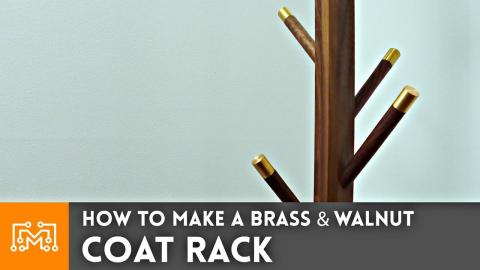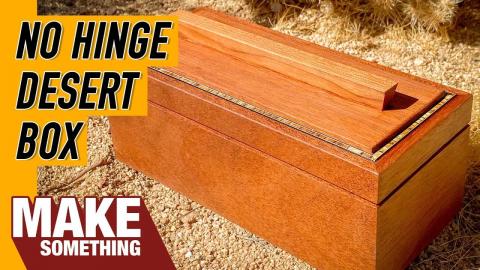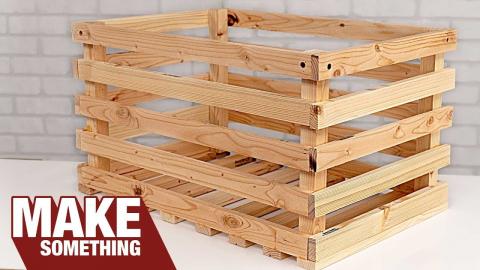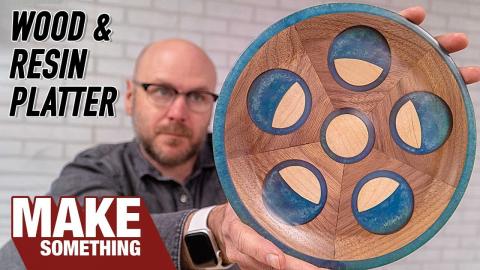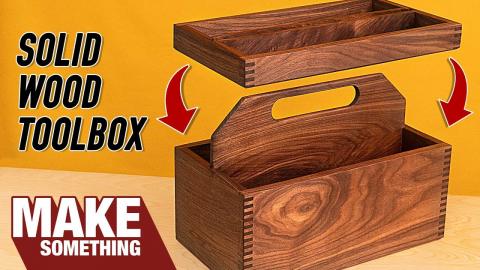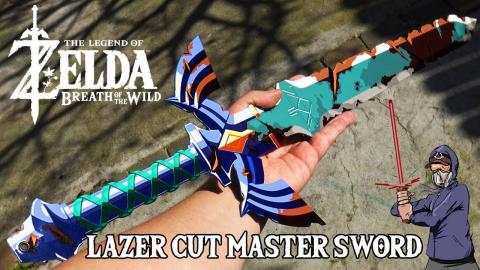How to Make a Wood Slab Bench // Woodworking & Metalworking
Description
Come see how we turned this old wood slab into a beautiful bench with steel legs and a drip tray for your boots!
Subscribe to my channel: http://bit.ly/1k8msFr
Second Channel: http://bit.ly/iltms-2
MORE PROJECTS, POSTS AND EVENTS
http://www.iliketomakestuff.com
TOOLS & SUPPLIES (affiliate links):
https://kit.com/iliketomakestuff/my-woodworking-tools
https://kit.com/iliketomakestuff/my-metalworking-tools
https://kit.com/iliketomakestuff/shop-safety-gear
Twitch Stream Every Wednesday @ 3pm EST: www.twitch.tv/iliketomakestuff
I WROTE A BOOK!!
http://www.iliketomakestuff.com/makingtime
Want to support ILTMS? Get exclusive content and more...
http://www.iliketomakestuff.com/patreon
BUY A SHIRT, STICKER, NOTEBOOK, DIGITAL PLANS and MORE!!
http://www.iliketomakestuff.com/store
FOLLOW:
http://twitter.com/iliketomakestuf
http://www.twitch.tv/iliketomakestuff
http://instagram.com/iliketomakestuff
http://facebook.com/iltms
MUSIC: http://share.epidemicsound.com/iltms
For this project, I am using an old chunk of basswood that my grandad had milled up about 30 years ago. The tree fell down on the property that we live on now, so this piece of wood needed to be showcased somewhere in our house. It is pretty massive, so the first step is to use a combination of saws to cut this piece of timber down to a 4-foot piece.
With the more manageable piece on the bench, I began to sand out the roughness. I decided to leave the slight cup as a seat pan instead of planing it perfectly flat. Basswood is pretty soft, and I wanted to keep the saw marks, so I just used an orbital sander to knock off the rough surface.
For the leg assemblies, I wanted to make two independent, trapezoid shapes that supported the wooden top. After a quick trip to the local steel yard and $21 later, I had an 8-foot-long piece of 1" x 2" steel square tubing. I marked and cut the angles that I measured off of an earlier Fusion 360 model. Using my digital protractor, I set my metal-cutting bandsaw to 49 degrees and started cutting the necessary pieces.
I welded all of the pieces together using my MIG welder and ground the surfaces smooth using my angle grinder. To connect the legs to the top, I welded on a 2 inch-wide piece of flat stock to the tops of each leg. Before welding, I drilled some holes in the stock. Some of these holes were mounting locations, and two that are over the leg tubing, are meant to vent out any heat that would build up inside the tube when welding. My wife really liked the raw steel look, so I coated each leg in polyurethane to prevent rusting.
The process of attaching the legs to the slab was a bit tricky. Because the slab was still cupped, there was no consistent flat surface for the legs to mount to. To correct this, I needed to carve in two groove for the legs to sit. You could probably do this with a complicate router sled setup, but Josh pointed out that we had a CNC that is essentially the same thing. So we set the slab, top-down, on the CNC bed and secured it in place with some improvised 2x4 clamps.
Josh carved in two rectangular grooves into the bottom using a 1/2" bit. This created a flat channel for the leg assemblies to sit into without having to reference off the cupped bottom surface. We set the legs into place, pre-drilled the mounting holes, and attached the legs with some lag screws.
One of our goals for this project was to create a place for our wet/muddy boots to go. To address this, I wanted to create a slatted platform made out of cedar so that the water could drain into a basin below. I designed the bench with this tray in mind, so the boot tray could sit inside the bench legs.
I ripped down some cedar 1x4s to 1 inch strips. Using my miter saw, I chopped them into shorter slats that would make up the platform. I glued and brad-nailed the slats to two longer rails creating a really nice looking slotted platform. To catch the water underneath, I made a simple box out of some left-over cloroplast (corrugated plastic). I cut through half of the plastic and folded the side up, securing them with hot glue. This pan slid under the cedar tray which fit perfectly under the bench.
This bench will live in our new mudroom that we are currently renovating, but a bench can be used in any capacity. This project was a mixture of preserving something that my grandad had, while solving some simple problems that we faced. We saved a lot of money making our own legs versus buying them online, and we get to show off the natural wood on the top. The boot tray is working great (when our kids actually put their shoes away) and it fits the space quite nicely.


